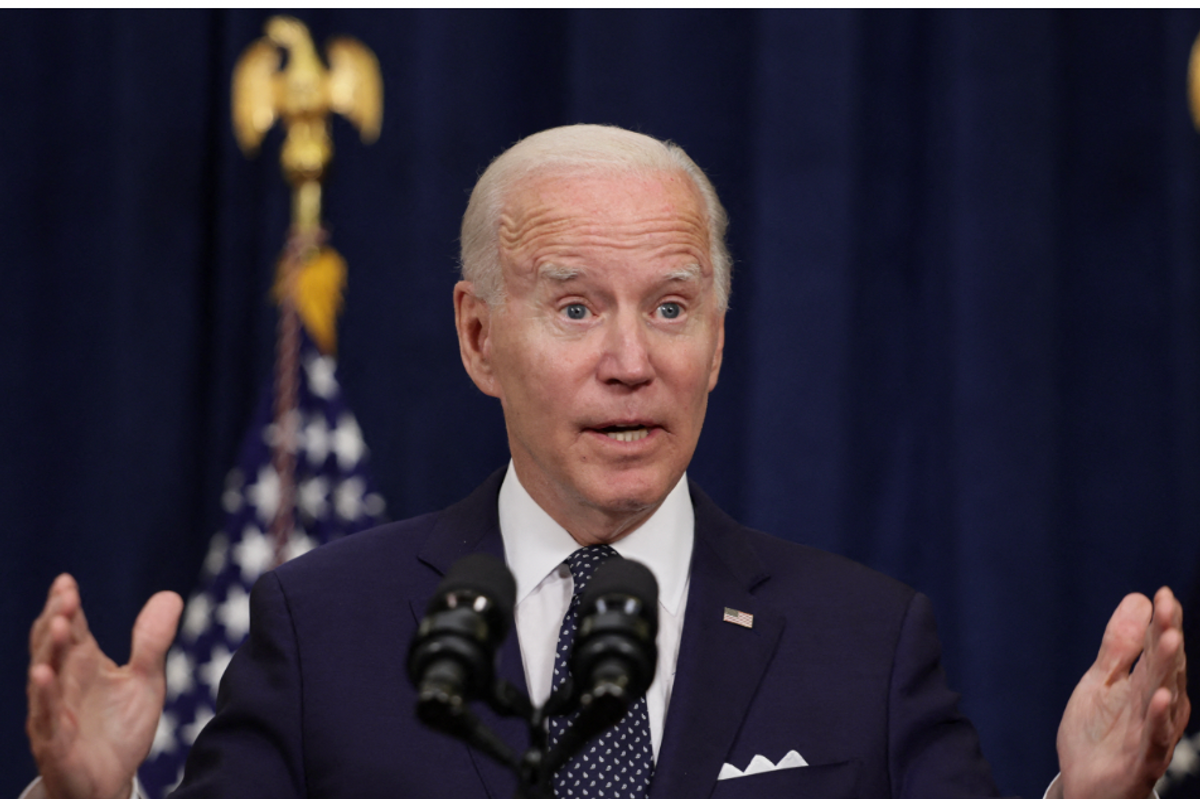
By Curtis Tate, McClatchy Washington Bureau (TNS)
WASHINGTON — While some government and industry officials have repeatedly said there’s no silver bullet to improve the safety of oil trains, a persistent problem runs through every new derailment: the tank cars.
Oil industry groups maintain that railroads should do a better job of maintaining track to prevent derailments, while the rail industry has called for tank cars that are better equipped to survive accidents.
Although there’s almost universal consensus that improvements are required in both areas, there’s one key difference.
Railroads have already spent heavily in recent years to improve their track for all kinds of freight and have pledged to spend more. Meanwhile, the companies that own and lease tank cars for transporting oil and other flammable liquids have been waiting for regulators to approve a better design.
The railroad industry petitioned the U.S. Department of Transportation in March 2011 for a more robust tank-car design. Rather than wait for an answer, the industry began its own upgrades later that year. But several recent derailments involving different types of crude oil have suggested that those cars don’t perform significantly better than those they replaced.
And unlike the controversy that surrounds other proposed solutions or doubts about their effectiveness, tank-car upgrades have the support of lawmakers, regulators, mayors, governors, community, and industry groups, and the National Transportation Safety Board.
“We certainly have been distracted from doing what is the most obvious safety improvement: the cars,” said Peter Goelz, former managing director of the NTSB.
The White House Office of Management and Budget is reviewing proposals that include an improved tank-car design. But the new rules aren’t scheduled to be published until May, frustrating many who’ve pushed for better tank cars for years.
In January, the NTSB included tank cars on its “Most Wanted List” of safety improvements.
For more than two decades, the NTSB has called for improving the most common type of tank car, the DOT-111. But those calls were largely ignored until railroads started carrying significantly larger volumes of domestically produced crude oil and ethanol.
The minimally reinforced cars were vulnerable to punctures in derailments, spilling their contents, which quickly caught fire. Such fires could compromise other cars by heating their contents to the point where they burst through the tank walls with explosive force.
“Once you get a leak and fire, that can spread to other cars,” said Greg Saxton, chief engineer for the Greenbrier Companies, which is building a tank car to tougher standards. “That’s the number one thing we want to do. We don’t want to have a leak.”
After a July 2013 oil train derailment in Lac-Megantic, Quebec, killed 47 people, Canada’s Transportation Safety Board found that none of the cars in that incident was equipped with thermal protection. The cars that sustained only minor impact damage ripped open after fire exposure, violently releasing their pressurized contents as large fireballs.
The rail industry made a few modifications to DOT-111 cars manufactured since 2011, including shields that protected the bottom half of each end of the car and more reinforcement for valves and outlets. But an outer steel jacket to provide extra puncture resistance and insulation to protect the car’s contents from fire exposure were optional.
In recent derailments in West Virginia, Illinois, and Ontario, the newer cars, called CPC-1232s, lacked those extra safeguards.
“Do we need a new standard for tank cars? Absolutely,” said Ed Hamberger, president and chief executive of the Association of American Railroads, the industry’s principal advocacy group.
Those existing cars could be retrofitted with jackets and thermal insulation until new ones are built. But even those improvements are waiting for approval by the White House.
Senator Maria Cantwell (D-WA), and three Democratic co-sponsors — Patty Murray of Washington state, Dianne Feinstein of California, and Tammy Baldwin of Wisconsin — introduced a bill last week that would require an immediate ban on crude oil shipments in DOT-111 and non-jacketed CPC-1232 tank cars. It also would mandate that new cars meet a standard that exceeds any current requirement.
“No one wants to pull the trigger and say they should be removed,” Cantwell said in an interview. “We can’t wait to see a more aggressive plan.”
The redesigned tank car might look like the one the Canadian government proposed this month. It includes full-height shields on both ends, thermal insulation, and an outer jacket.
Last year, railroads agreed to limit oil train speeds to 40 mph in some densely populated areas and 50 mph everywhere else. But six of the most recent derailments cast doubt on the effectiveness of reducing speeds as a mitigation measure.
All the trains in the four most recent U.S. derailments that resulted in fires or spills were going under 40 mph. Three were traveling at less than 25 mph and one at just nine mph. In the two most recent Canadian wrecks, the trains were traveling at 38 and 43 mph.
The Federal Railroad Administration wants railroads to install electronic braking systems on trains that carry crude oil. But the industry opposes new braking requirements, and they wouldn’t address the vulnerabilities of tank cars to punctures and fire exposure.
Even those who support an “all of the above” approach to dealing with the problem say tank-car improvements are a crucial step.
“It’s unfortunate to have the NTSB investigating the same accident over and over again,” said Jim Hall, a former NTSB chairman. “We’re overdue in addressing this issue with the DOT-111.”
Photo: blake.thornberry via Flickr


